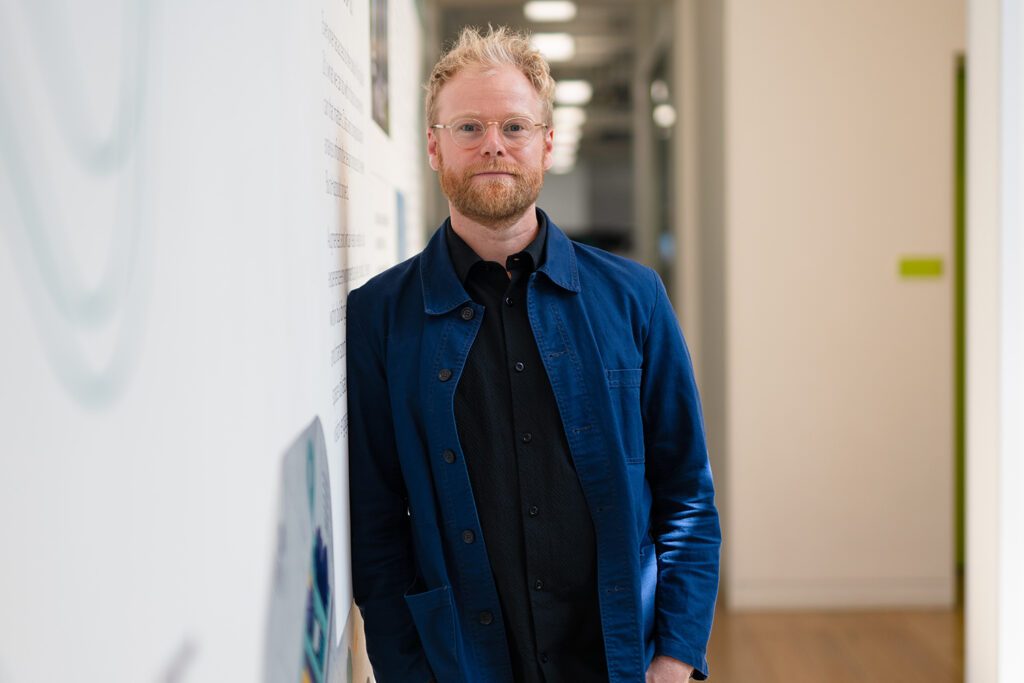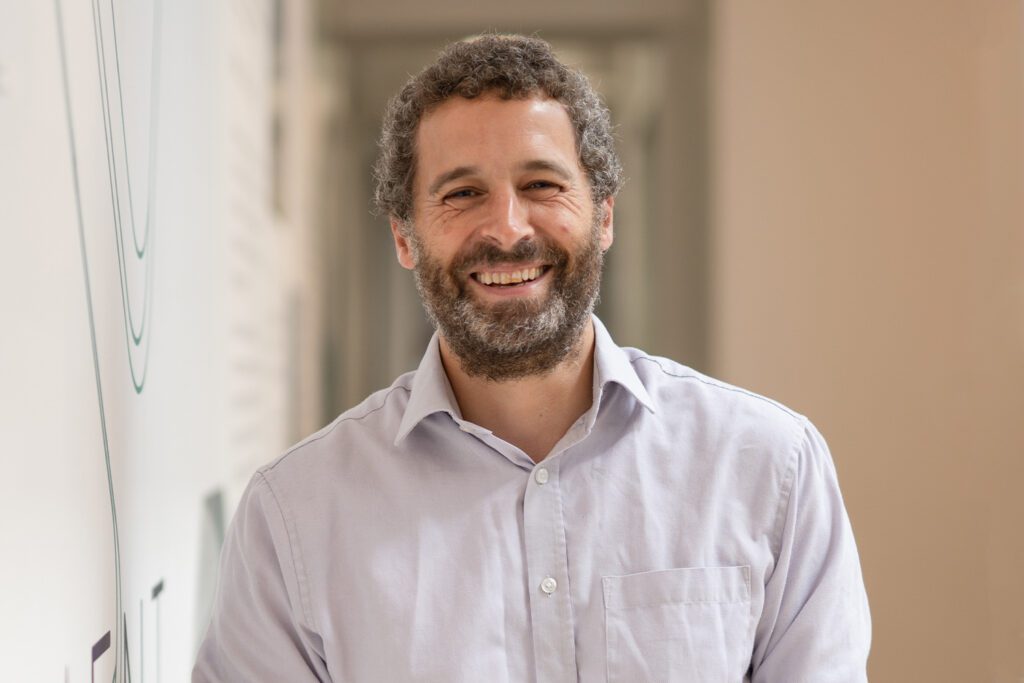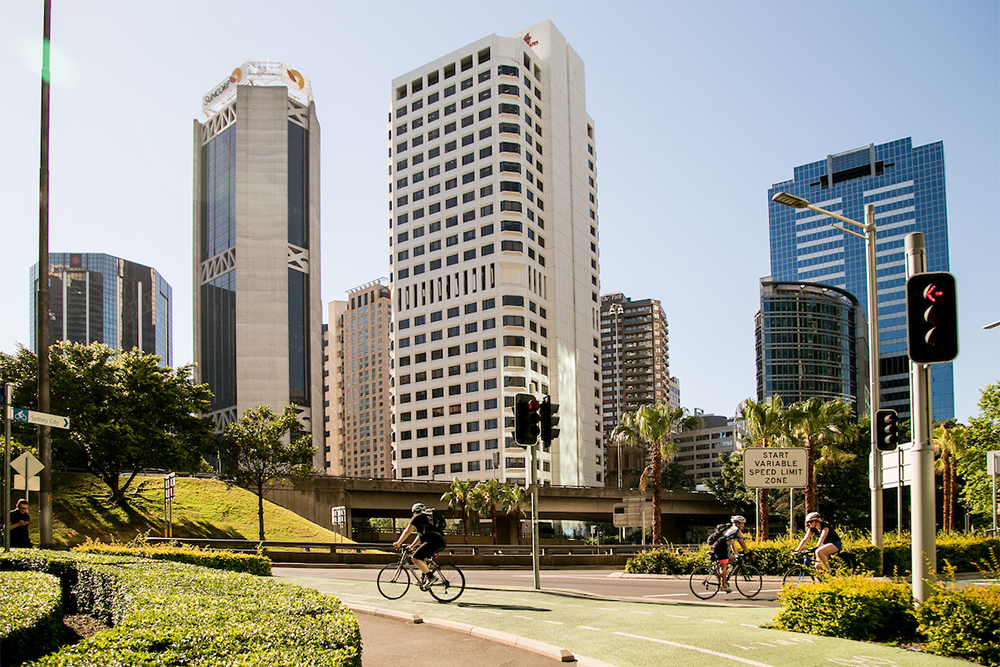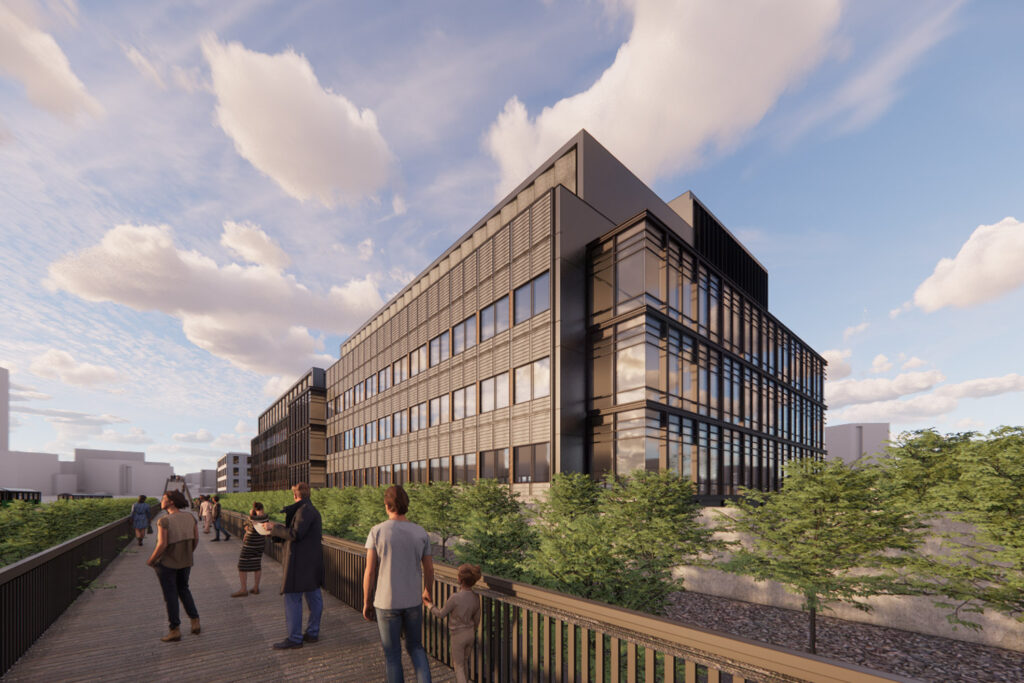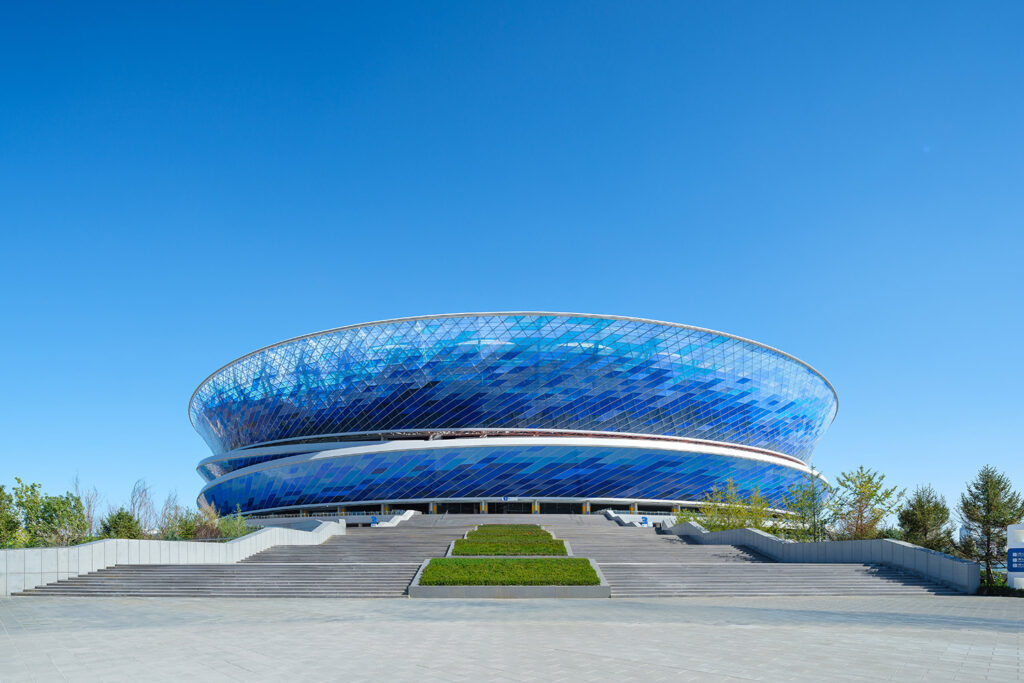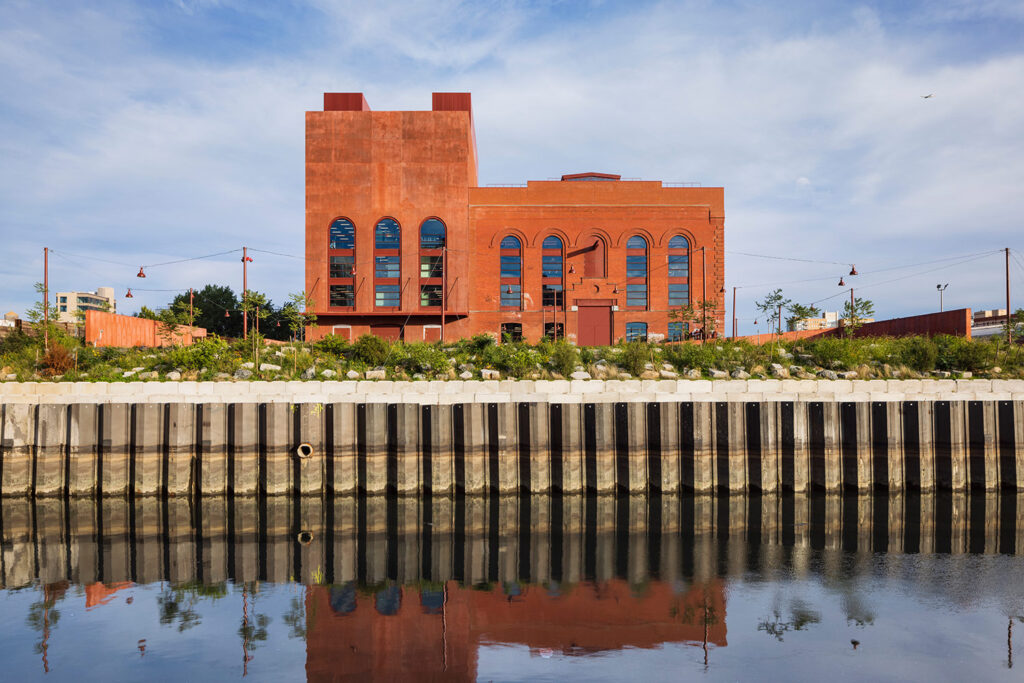
Toolkit to drive retrofit revolution
The multiple benefits of deep retrofits: a toolkit for cities
Multiple cities supported. Piloted in Milan, New York and Copenhagen.
Project details
Client
C40 Cities
Collaborator
University College London
Services provided by Buro Happold
Cities have a leading role to play in preventing a climate crisis. Although urban areas only occupy 2% of the world’s land surface, their carbon footprint is enormous.
Cities consume more than two-thirds of the world’s energy and account for over 70% of global CO2 emissions. The C40 Cities Climate Leadership Group connects more than 90 of the world’s largest cities, representing more than 650 million people and one quarter of the global economy.
Buro Happold was appointed by C40 Cities to lead the development of an accessible toolkit that can be used by city officials to estimate the multiple benefits of retrofitting the existing building stock. It is hoped that the toolkit will support officials to make the case for bolder and more ambitious climate action in their cities.
Challenge
Transforming the built environment is fundamental to combatting the climate crisis, given that buildings typically represent the biggest source of greenhouse gas emissions in a city and contribute, on average, 60% of a city’s emissions. While changes in technology, policy and culture are increasing the number of energy-efficient new buildings, the large existing urban building stock needs to be retrofitted in order to support real change.
We spend 90% of our time in buildings and these indoor environments have a significant influence on our health and well-being and in turn our productivity. Moreover, energy-inefficient buildings increase energy costs and household spending – which is particularly challenging for low-income residents.
While a growing body of evidence demonstrates the multiple benefits to be gained from deep retrofits, this knowledge is not always accessible and large-scale urban retrofits typically require substantial upfront investments. Through this study, the Buro Happold-led team was commissioned to bridge the gap between research and practice by providing cities with an accessible benefits toolkit.
The toolkit enables cities to quickly quantify the multiple benefits of retrofit projects, including the extent to which actions can reduce greenhouse gas emissions, tackle energy poverty, reduce illness associated with mould and dampness, and create jobs.
A key challenge the project team had to overcome was to develop a methodology and toolkit that was not only scientifically robust but also practical and accessible for use by city officials. The ambition was to ensure city officials in any city, regardless of context, could use the toolkit.
Much of the future building stock already exists, so the only opportunity for making the step change needed within the built environment rests in retrofitting these buildings. While assessing the multiple benefits of one or a relatively small portfolio of buildings is useful, action is needed at a much larger scale. The toolkit as such needed to be capable of enabling city officials to consider interventions at multiple scales.
A strategic ambition for the project was to ensure that the research outcomes and toolkit would be used long after the completion of this piece of work. This required the team to ensure the resource was not only useful, but packaged and disseminated widely across the C40 network.

Solution
The toolkit was developed in collaboration with three pilot cities from the C40 network and is now publicly available for the use of all cities.
Building on previous successful projects with University College London (UCL), the Buro Happold team was uniquely placed to deliver this work for C40.
With our research partners, an extensive literature review was untaken to identify the range of benefits associated with deep retrofit projects. This considered a range of benefit types across multiple municipal building typologies. From an initial long list, priority benefits to be modelled were selected based on a combination of impact, influence and the strength of the evidence base.
Another key determining factor in this benefits selection process was the context of the pilot cities participating in the programme. This helped concentrate the focus of the study to assessing those benefits most relevant to cities in the northern hemisphere.
Additionally, municipalities across the pilot cities were responsible for the management of many different asset types. From homes to libraries, homeless shelters to schools. Through engagement with C40, we were able to prioritise the selection of benefits based on building typologies that are of relevance to the greatest number of cities.
A key contact within the municipality was tasked with the pilot programme. During the engagement process with cities, we supported this individual to drive collaboration across the relevant departments through a series of online workshops as well as one-to-one advice sessions. A key success of the pilot programme for those participating cities was in initiating the cross-departmental collaboration required to make the case for bolder and more ambitious climate action projects.
Three cities took part in the pilot programme: Copenhagen, Milan and New York City. Each city identified deep energy retrofit projects across its building stock that would allow the cities to improve energy efficiency and quantify the corresponding environmental, social and economic outcomes.
Each city modelled two scenarios, a pilot project and a scaled-up version of this. New York modelled the multiple benefits of deep retrofitting 23 and 700 schools. Milan considered the multiple benefits of deep retrofitting five and 300 multi-occupancy residential buildings, and Copenhagen looked at deep retrofitting five and 40 schools.

Value
The toolkit produced through the project is open access, downloadable from the C40 Cities website. It provides cities with a clear step-by-step guide and is supported by a technical report. The technical report summarises the outcomes from the programme of work with the three pilot cities. It outlines the cumulative benefits of all proposed actions as well as a series of city specific case studies, from which other cities can take inspiration.
The results in the three pilot cities clearly show the potential benefits from deep energy retrofit: saving 3.4 MtCO2e; generating 34,000 – 52,000 jobs; reducing asthma by 2.9%; reducing energy poverty by 3.8%; and generating a net present value, across the pilot cities, ranging from USD 47.5m to USD 659.2m, associated with a payback time of seven to 29 years.
Using the methodology, a city can efficiently and effectively analyse the multiple benefits of a building retrofit as an integrated element of every retrofit project. Providing cities with the evidence to make a compelling case for building retrofits can unlock and accelerate the large-scale overhaul of urban building stock that is required to achieve the aims of the Paris Agreement and create the healthy, liveable cities of the future.





